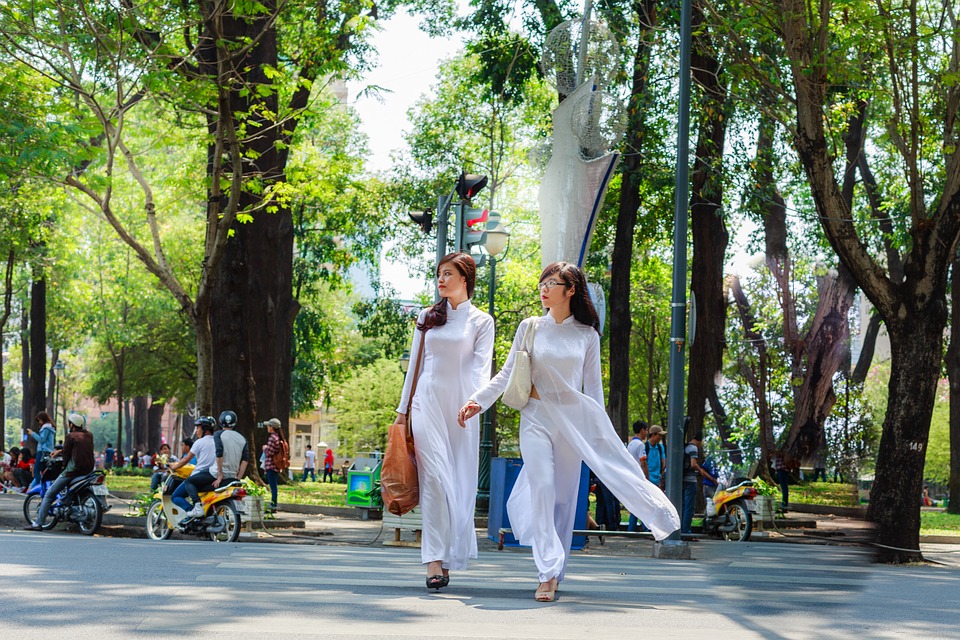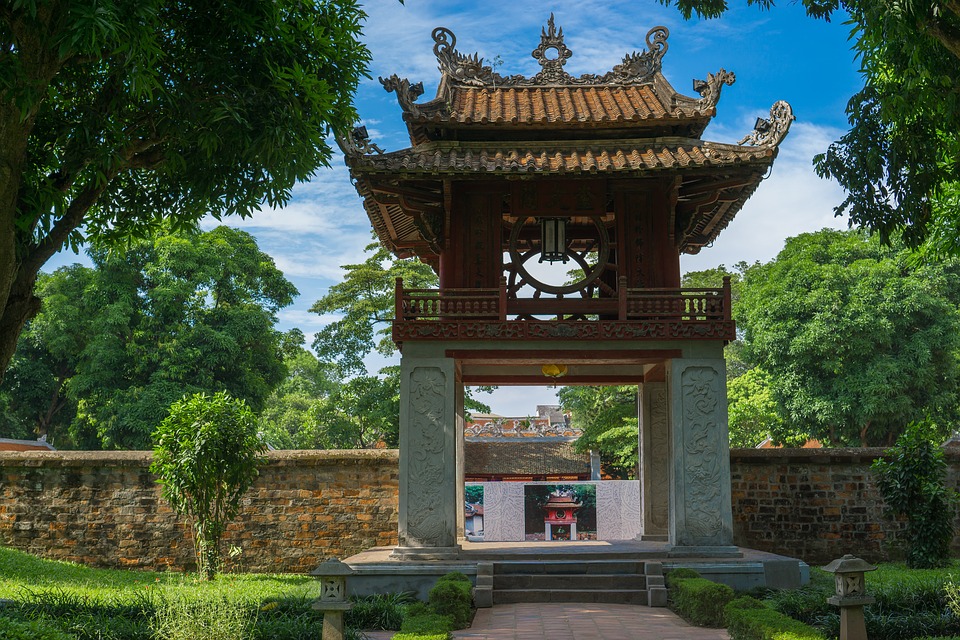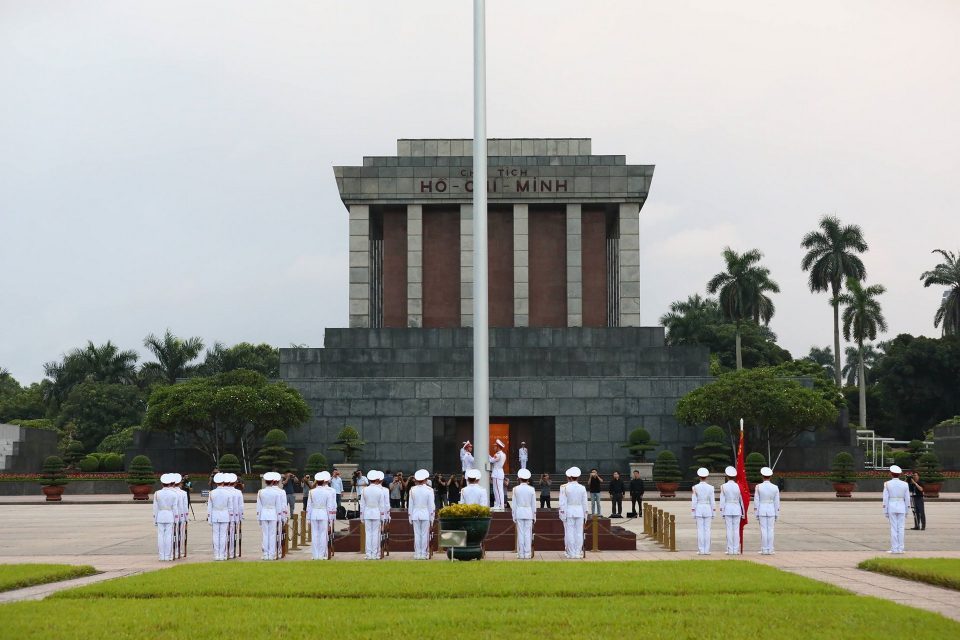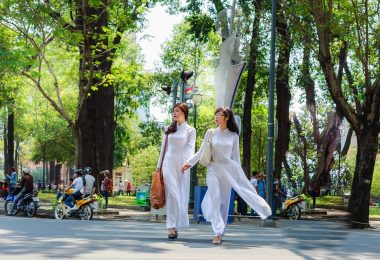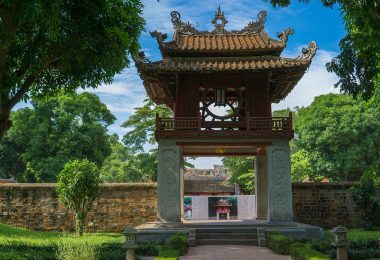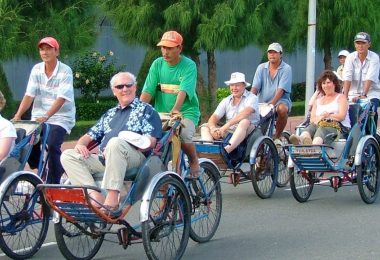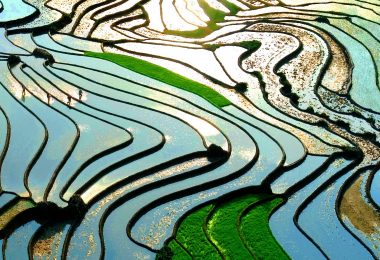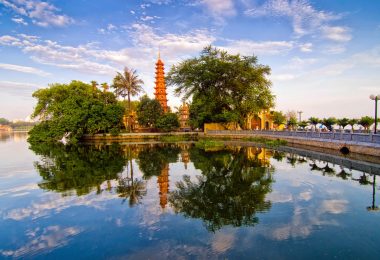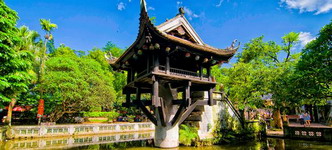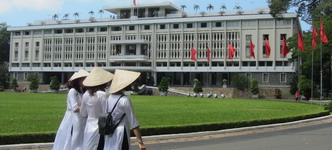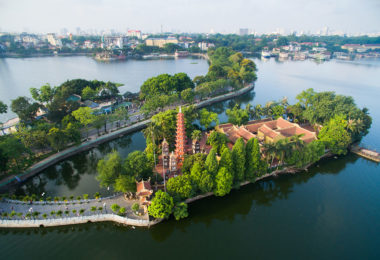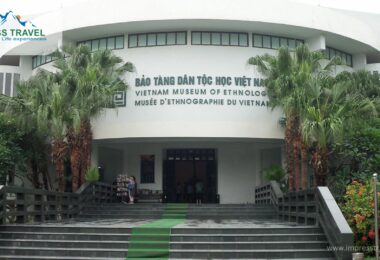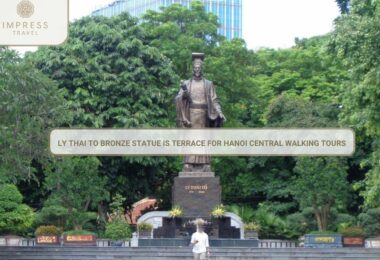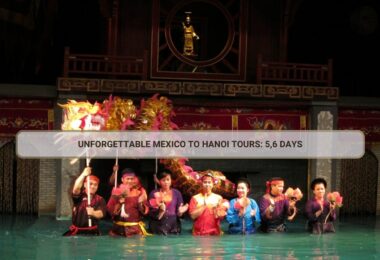Located in the heart of Hanoi, the Vietnam National Fine Arts Museum displays the country’s rich artistic heritage. With exhibitions ranging from traditional to contemporary art, the museum offers a vivid look at Vietnam’s cultural landscape.

Location
Address: 66 Nguyen Thai Hoc, Dien Ban, Ba Dinh district, Hanoi, Vietnam
Vietnam National Fine Arts Museum, located at 66 Nguyen Thai Hoc, Dien Ban, Ba Dinh, Hanoi, Vietnam. Located in the historic Ba Dinh district, it occupies a prominent position in a landscape rich in cultural heritage and historical significance.
Ba Dinh District, often considered the political and cultural center of Hanoi, is an ideal location for the museum, offering visitors a different experience from the Old Quarter thanks to its series of atmospheric sights and sounds. Rich to explore. Surrounding the museum are iconic landmarks such as the Temple of Literature, Vietnam’s first national university, and Ho Chi Minh’s Mausoleum, which commemorates the country’s revered leader. The museum’s central location makes it easily accessible for both locals and tourists. Whether arriving by taxi, public transportation or on foot, visitors can easily find their way to the museum. The location near other attractions in Ba Dinh District also creates favorable conditions for visitors who want to immerse themselves in the city’s cultural features. When visitors approach the Vietnam National Fine Arts Museum, they will be greeted by its impressive facade, hinting at the treasures hidden within. Entering the museum, you will be transported into a world of artistic wonder, where masterpieces from across Vietnamese history are ready to explore and learn about.
Transport and Direction
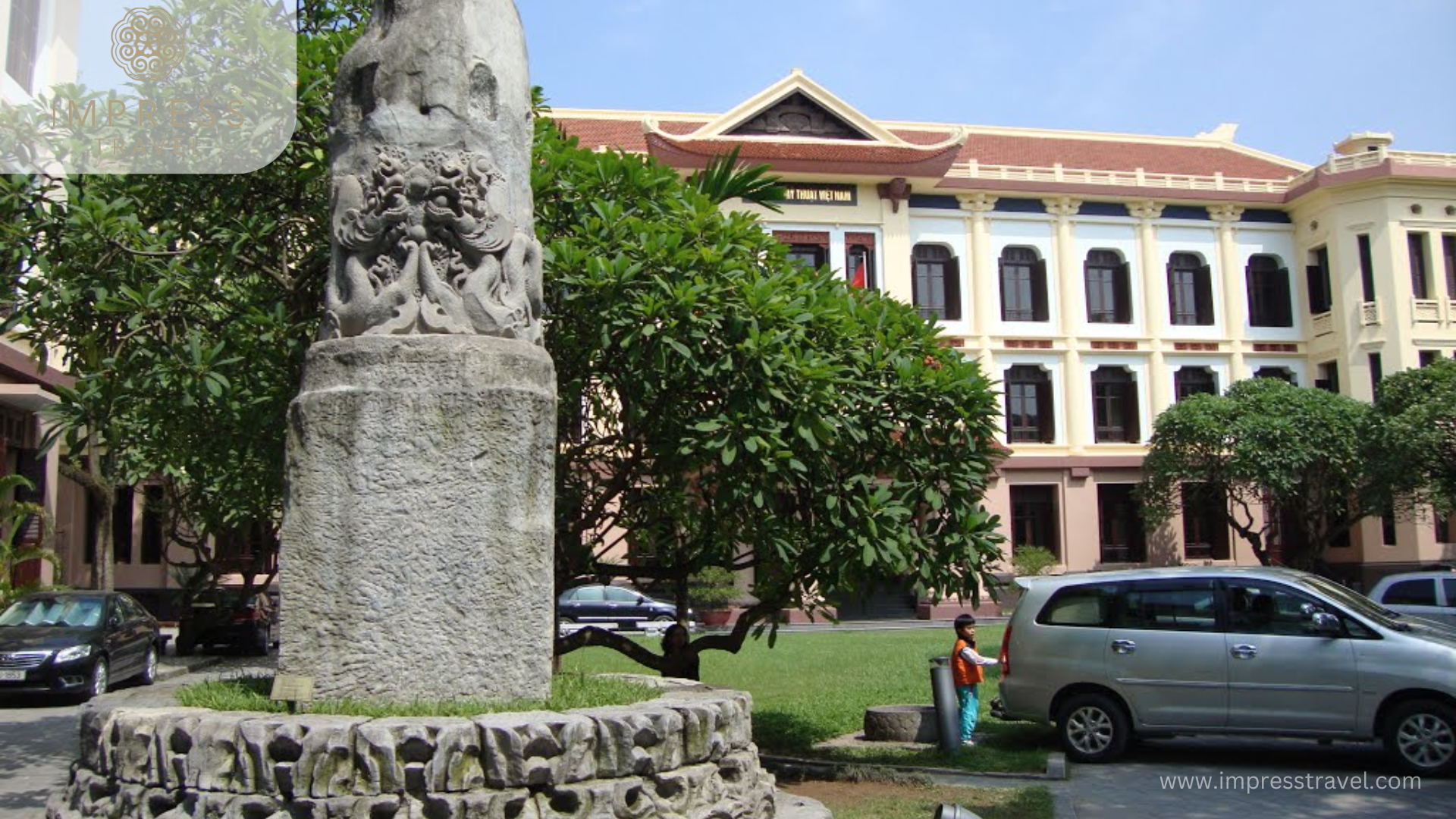
Transport and Direction
There are many ways to get to the museum, for each starting location, you will have a way of transportation that suits your needs. Whether you’re arriving by taxi, bus, cyclo or on foot, the journey to the Vietnam National Fine Arts Museum is the gateway to discovering the beauty and heritage of Hanoi.
From Nội Bài International Airport
For international travelers arriving at Nội Bài International Airport, several transportation options are available to reach the museum. The most convenient method is by taxi, with a journey time of approximately 30 to 40 minutes and a cost ranging from 300,000 to 400,000 VND (about $13 to $18 USD). Taxis are readily available at the airport, and it is advisable to use reputable companies to ensure a safe and fair-priced ride. Alternatively, budget-conscious travelers can opt for the bus. Bus 86 or Bus 7 provides direct routes to Kim Mã Bus Station, from where a short taxi ride or another local bus can be taken to the museum. This journey typically takes 1 to 1.5 hours and costs around 50,000 VND ($2 USD). Although longer, this option offers a more economical way to reach the city center. Obviously the most convenient mode of transport is a taxi, providing a direct and comfortable ride to Vietnam National Fine Arts Museum.
From Hanoi Old Quarter
For those departing from Hanoi’s vibrant Old Quarter, the Vietnam National Fine Arts Museum is easily accessible. A taxi or Grab ride takes about 10 to 15 minutes and costs between 50,000 and 100,000 VND ($2 to $4 USD). Grab, a popular ride-hailing app in Southeast Asia, provides a convenient and reliable way to book a ride. Local buses are also a good and affordable option, with routes 09, 18, 22, 23, 32 and 34 stopping near Le Duan Street. From there, a 5 to 10 minute walk will take visitors to the museum. This journey usually takes about 20 to 30 minutes and costs about 7,000 VND ($0.3 USD). For a more traditional and scenic experience, visitors can take a cyclo (pedicab). Although slower, taking about 20 to 30 minutes, this method of transportation costs around 100,000 VND ($4 to $5 USD) and offers a slow, gentle, and insightful view of the city.
Public Transport and Local Navigation
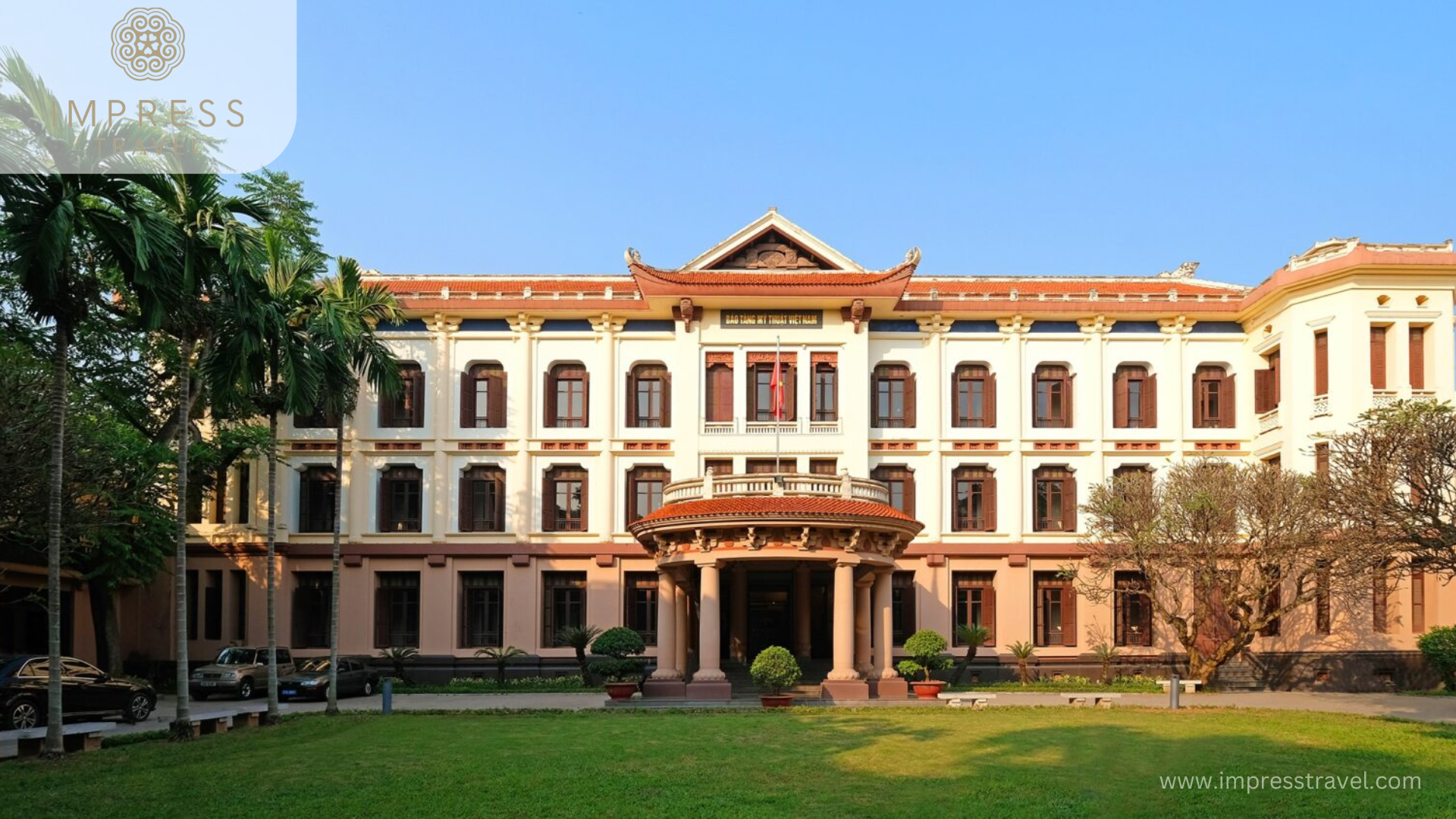
Public Transport and Local Navigation
Hanoi’s extensive public transportation network offers many options for exploring the city. Taxis remain a reliable and convenient choice, especially when using reputable companies. For those who prefer a modern approach, Grab is a great app-based alternative for booking both taxis and motorbikes. The city’s bus system, while extensive and economical, can still be crowded, especially during rush hour. If you want to use bus routes, routes number 02, 18, 22A, 23, 32, 34, 38, 41, 45 or 50 will take you close to the museum, for faster, more flexible travel In traffic, motorbike taxis are a popular choice, although it is essential to negotiate the fare in advance. Cyclo, although slower, offers a leisurely way to experience the streets of Hanoi, perfect for short distances and sightseeing. When visiting the Vietnam National Fine Arts Museum, there are a few things to keep in mind to ensure a smooth and enjoyable experience. You should bring small amounts of cash to ride the bus and cyclo as well as buy entrance tickets. Using the Grab app can significantly simplify the process of booking transportation services. Additionally, you should wear comfortable shoes as you may have to walk from the bus stop to the museum.
Tips for Getting Around
- Ride-Hailing Apps: Apps like Grab and Gojek are widely used in Hanoi and can be a convenient option for getting to Ma May Ancient House.
- Cyclo (Pedicab): For a more traditional and scenic experience, consider taking a cyclo ride through the Old Quarter. Negotiate the fare beforehand.
- Walking: The Old Quarter is best explored on foot. Many attractions, including Ma May Ancient House, are within walking distance of each other.
By following these directions and transport options, you can easily reach Vietnam National Fine Arts Museum and enjoy your visit to this historical gem in the heart of Hanoi.
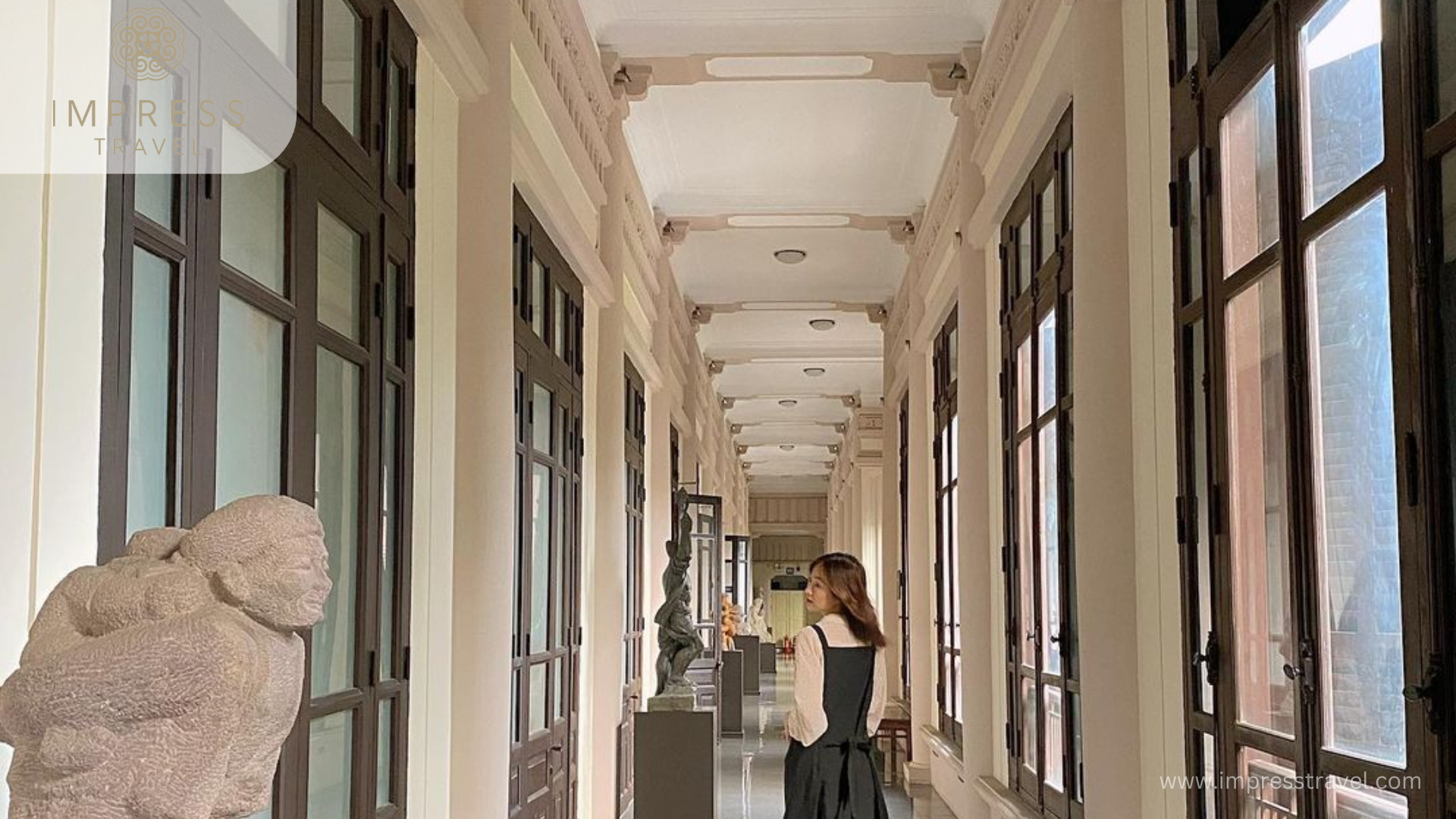
Entrances
The Vietnam National Fine Arts Museum in Hanoi often has many entrances to serve the diverse needs of visitors. The main entrance is the focal point, usually facing a main street or square, and can be easily identified by a prominent sign displaying the museum’s name and logo. This entrance welcomes visitors into the heart of the museum, inviting them to explore the rich collection of Vietnamese art from many different periods and styles.
In addition to the main entrance, side entrances are also common, providing convenient access from neighboring streets or parking areas. These entrances serve to accommodate the influx of visitors, especially during busy times or special events. Although they may not be as prominent as the main entrance, signs and directional signals often direct visitors to these alternative entry points.
Accessible entrance is a top priority for many cultural institutions, and the Vietnam National Fine Arts Museum is no exception. Accessible entrances, equipped with ramps or elevators, ensure that visitors with disabilities or mobility issues can move around the museum comfortably. These entrances comply with accessibility standards, providing barrier-free access to the museum’s exhibits, amenities, and facilities.
During renovations, construction or special exhibitions, temporary entrances or exits may be established to accommodate visitors. These entrances are often clearly marked and equipped with temporary signs to guide visitors to safety within the museum. Museum staff and security officers are available to assist visitors and provide directions, ensuring a seamless and enjoyable experience as they explore the museum’s diverse fine art collection.
Things to do

Things to do
When planning a visit to the Vietnam National Fine Arts Museum in Hanoi, prepare for a culturally rich experience spanning centuries of Vietnamese art. Ancient artifacts offer a glimpse of Vietnam’s rich cultural heritage while the traditional folk art section reflects the daily life, customs and folklore of rural Vietnam. . The museum’s collection of modern and contemporary art highlights the development of Vietnamese art in the 20th and 21st centuries, including works that reflect the social, political and cultural changes of the land and water.
Guided tours are led by knowledgeable guides who provide detailed explanations of the artworks, their historical context, and the artists behind them. The museum also hosts workshops and classes, allowing visitors of all ages to participate in hands-on experiences and learn traditional Vietnamese art techniques. In addition, the museum also organizes temporary exhibitions and special events that bring fresh perspectives on Vietnamese art.
In addition to traditional museum activities, the Vietnam National Fine Arts Museum also offers many attractive experiences. Art shows and interactive installations invite visitors to participate, while themed guided tours and family-friendly tours cater to specific interests and age groups . Special programs such as art festivals, fairs and celebrations offer unique cultural insights. Temporary installations and artist residencies allow you to observe the creative process firsthand and interact with the artists.
References

References
The Vietnam National Fine Arts Museum is frequently mentioned in many historical texts and documents detailing the development of art and culture in Vietnam. Scholars and historians have extensively studied its collections, architecture and design, thereby contributing significantly to the understanding of Vietnam’s artistic heritage. The role of museums in preserving and displaying Vietnamese art from ancient to modern has been clearly recognized and is considered an important resource for research and education on Vietnamese culture.
Best Time To See
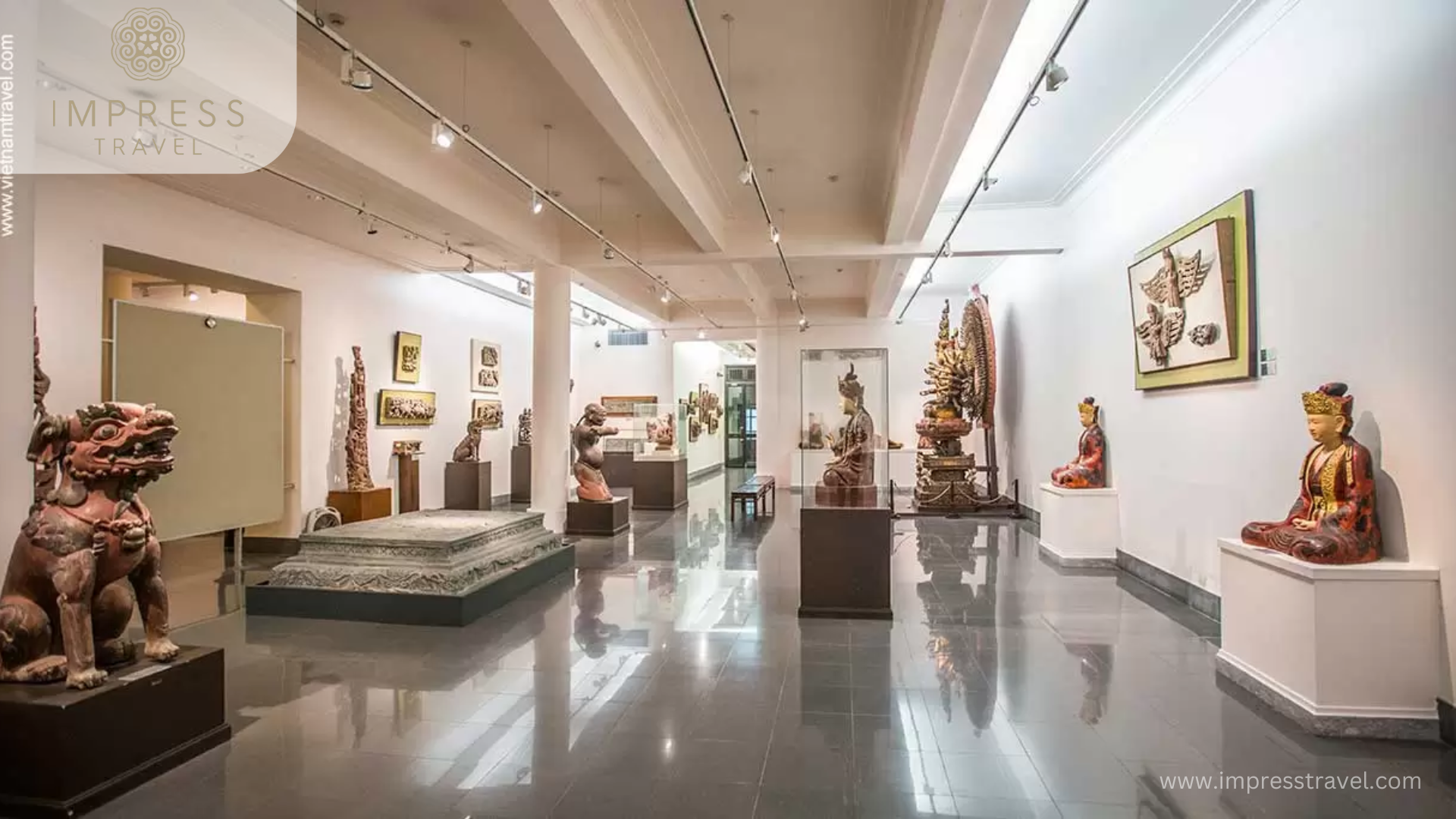
Best Time To See
The Vietnam National Fine Arts Museum is open daily from 8:30 AM to 5:00 PM, though it may close for lunch between 11:30 AM and 1:30 PM, so checking locally for the latest information is advisable. The admission fee is typically around 40,000 VND ($1.7 USD) for adults, with possible discounts for students and seniors.
Value
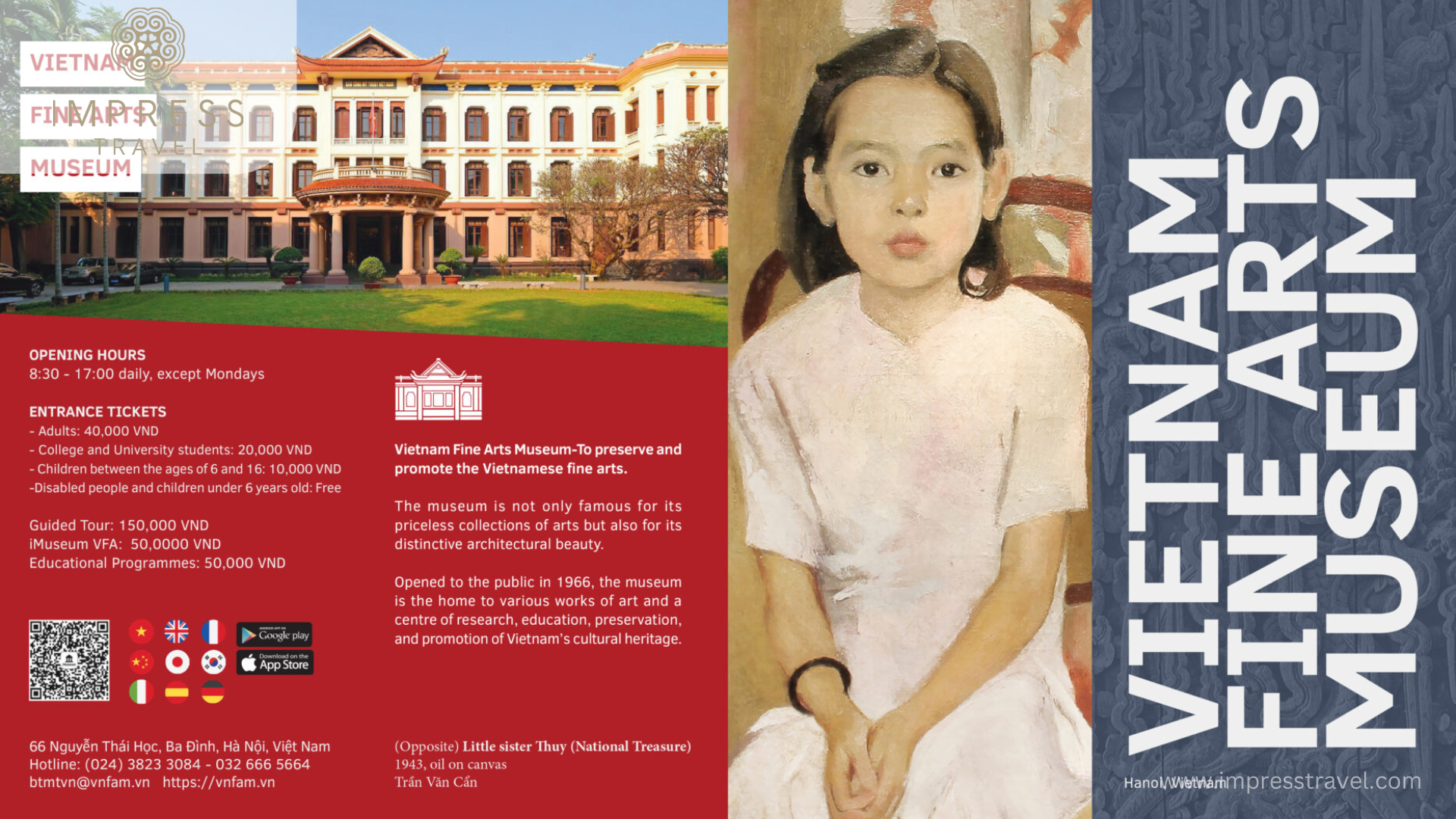
Value
The Vietnam National Fine Arts Museum serves as the guardian of Vietnam’s artistic heritage, protecting precious artifacts that reflect the country’s rich history and diverse culture. In addition to being an archive, the museum is also an educational center providing invaluable insights into Vietnam’s artistic development for both locals and visitors. Its galleries offer a vivid narrative of Vietnam’s past and modern artistic expressions, inspiring creativity and nurturing appreciation of the nation’s cultural identity. As a prominent tourist attraction, the museum not only showcases Vietnam’s artistic prowess but also serves as a gateway for international visitors to gain a deeper understanding of the culture. Furthermore, through its efforts in cultural preservation and exchange, the museum actively contributes to the preservation of Vietnam’s artistic heritage and promotes global dialogue and appreciation of its rich cultural heritage of Vietnam.
Don’t forget to regularly follow our Facebook page and Website for more interesting information about traveling to HaNoi and to book Hanoi tours at the best prices.








































